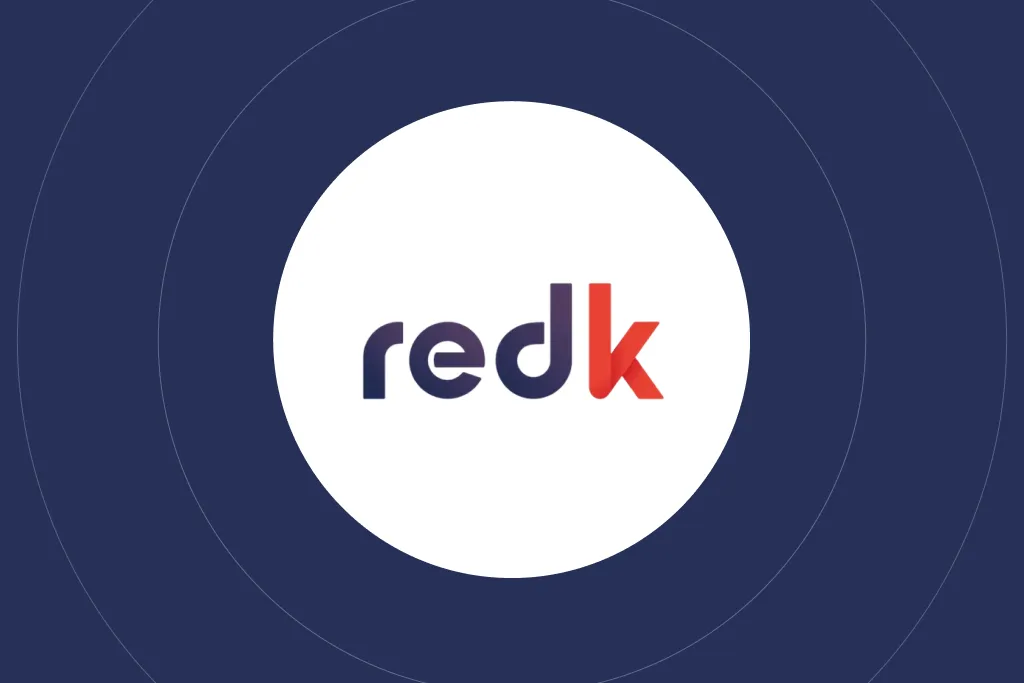
The green market revolution is all about moving toward a more sustainable future. As we become more aware of the urgent need to cut carbon emissions, optimise resources, and protect our environment, AI is stepping up as a tool to help drive these changes.
AI and the green market revolution are reshaping how we live and work, becoming an integral part of our everyday lives. But how can your team make the most of AI in your sustainability efforts? Here are five strategies to utilise AI and build a greener future.
If you would like to implement AI in your business but you’re not sure where to start, contact redk. We have a dedicated team of consultants for multiple platforms, including Salesforce, Zendesk, monday.com and many more. Reach out to our team today, and we will guide you through the best approach.
The first step in using AI for sustainability is ensuring your team is well-informed. It’s not just about understanding the basics of artificial intelligence; your team also needs to grasp how AI can positively impact the environment. This means investing in training programs that cover both generative AI and the principles of environmental sustainability.
Consider setting up workshops, online courses, or hands-on training sessions to build a strong foundation. When your team understands AI and its potential for sustainability, they’ll be better equipped to spot opportunities where AI can make a real difference. Empowered teams are more likely to innovate and develop AI-driven solutions that support your sustainability goals.
To ensure your AI initiatives are moving you toward a greener future, you need to keep track of their environmental impact. Start by measuring the carbon footprint of your AI activities. Are your data centres as energy-efficient as they can be? Is your hardware optimised to consume less energy?
Being transparent is crucial. Make sure your tech teams and partners are accountable for their environmental impact. Set clear goals to reduce the carbon footprint of AI projects and regularly check on your progress. By understanding the environmental costs of AI, you can find ways to reduce its impact while still taking advantage of its benefits.
AI is a powerful tool, but it’s important to use it wisely. Just because AI can be applied to a task doesn’t mean it always should be. Focus on deploying AI in areas where it can deliver the most value with the least environmental impact. For example, AI can be used to improve energy efficiency in manufacturing or, streamline logistics and cut down on transportation emissions.
Efficiency is key. Look for chances to use more efficient hardware and consider AI models designed for specific, narrow tasks. These smaller models tend to be more energy-efficient, which can help reduce the overall environmental footprint of your AI efforts.
AI can be a game-changer when designing sustainable products and processes. Use AI-driven tools to conduct lifecycle analyses of your products, helping you understand their environmental impact from start to finish. This data can guide better design decisions, like choosing materials that are easier to recycle or opting for processes that consume less energy.
AI can also help optimise resource use by identifying where waste can be reduced. In agriculture, for instance, AI can improve water management and reduce the need for harmful pesticides. In manufacturing, AI can streamline production processes to minimise waste and lower energy use.
Collaboration is key to getting the most out of AI for sustainability. Break down barriers between departments and encourage teams from technology, sustainability, and finance to work together. This cross-departmental approach ensures that AI projects are aligned with sustainability targets and business goals.
Building a collaborative culture helps ensure that your AI initiatives are good for the environment and make sense financially. This approach leads to a more integrated strategy, using AI to drive both sustainability and business success.
The green market revolution is here, and AI has the potential to play a big role. It can help reduce carbon emissions, optimise resource use, and bring about global benefits.
Now is the time to take action. Use these strategies in your organisation to make a meaningful impact. The green market revolution isn’t just about cutting emissions or conserving resources. It’s about creating a sustainable future for everyone. AI can help us reach that future, but only if we use it thoughtfully and responsibly.
Contact redk today to learn how AI can help your business.



